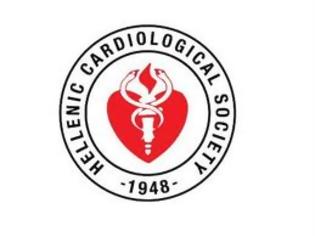
The extensive use of low doses of ionizing radiation (≤100 mSv) for diagnostic and therapeutic purposes increases concern on the radiation safety of both patients and physicians. Ionizing radiation exposures have almost doubled in the last decade, mainly due to the rise in medical diagnostic and therapeutic interventions, which are responsible for approximately 40% of the cumulative effective dose of radiation to the population. Despite the wide use of low-ionizing-radiation doses and the recent evidence that cancer risk may increase even at lower doses (between 50-100 mSv) the effects of such exposures in patients exposed to cardiac images and interventional cardiology procedures remain unclear. According to epidemiologic literature, the impact of low doses is hampered by limited statistical power at radiation levels of less than 100 mSv, even for very large studies. Alternatively, the investigation of the radiation-induced effects after exposure to low doses could be carried out with radiobiological data. The objective of this project is to determine the biological effects of low doses in patients exposed to ionizing radiation during interventional cardiology procedures by using molecular and cytogenetic biomarkers.
